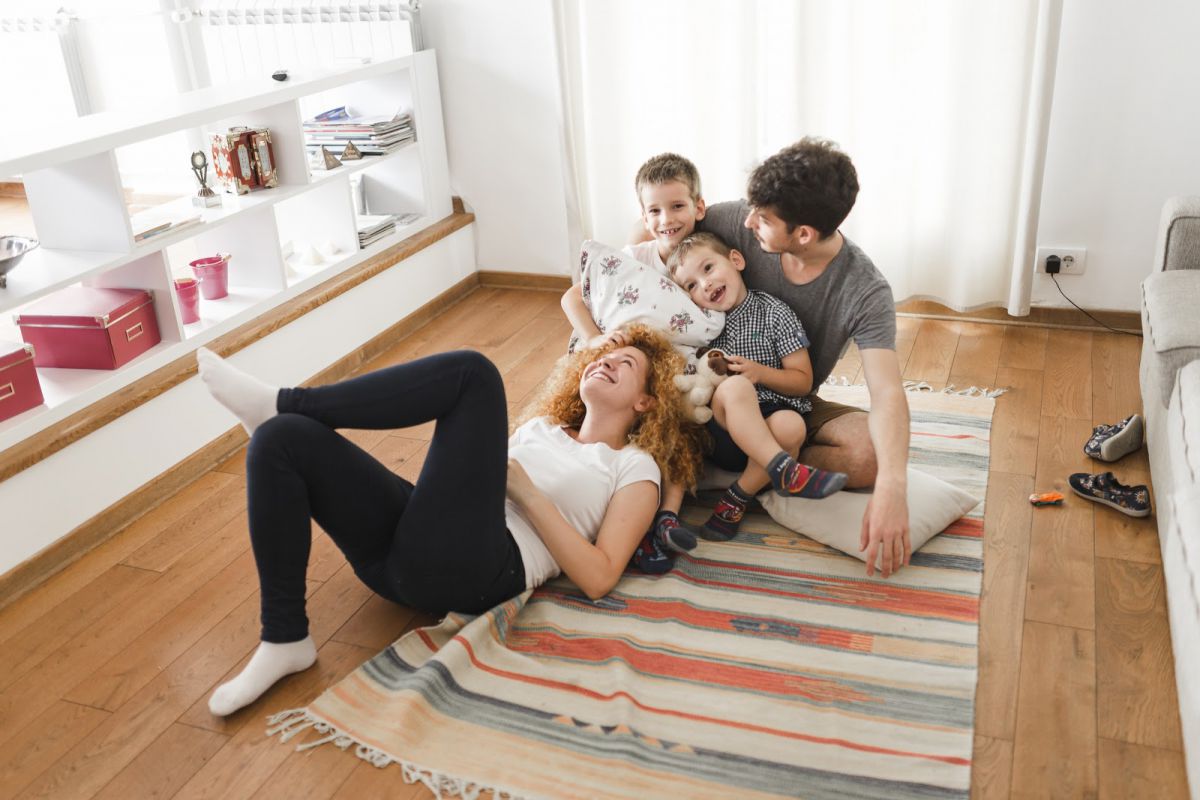Building your dream house may be a daunting task, but it doesn't always have to be this way. One of the main concerns and challenges a client can face are misunderstandings of their brief! You can always preempt this by defining a solid, detailed and referenced design brief from the initial stages. Here are some of our recommended ways to ensure you deliver a stellar brief:
Brainstorm design ideas:

Start off by writing down a description of what you have in mind. This is where your dream space starts to take shape so don't be afraid to use your creativity. Describe everything you wish to see: colors, spaces, patterns, etc..
Introduce your household:

It is important to give a clear image of the main users of the space: your family size, number of children, teenagers, elderlies and whether or not there are pets. It is also very helpful to tailor-make designs when the designer knows what your lifestyle is like, what you like to do for recreation, what are your hobbies...
Make a list of all your needs:

List your needs according to their priority. Here's a sample list of questions to guide you:
How many rooms are you planning to have?
Do you need spaces designed specifically for children?
What is your preferred kitchen style?
How many bathrooms?
Any preferred placement?
Are you looking to add an entertainment room?
What are your preferred storage solutions?
Choose your design style and materials:

If you are not familiar with design and material terminology, don't worry! There's a host of great inspiration sources ranging from Pinterest to Houzz. You can create your inspiration board and share it with your designer to ensure a better understanding of your vision.
Specify your budget and time requirements:

It is very important to inform the designer of your overall project budget - this will ensure that the proposal he provides can be implemented.
Set a deadline that is reasonable for both of you. To ensure quality proposals, try not to rush things: your designer needs time to plan, explore available options and transform your visualized concept into reality.
Keep it Simple:

Try to have a clear and succinct design brief (ideally not exceeding 6 pages). Be open to making revisions and updates throughout the process.
Make sure you invest time in putting the brief together. It is the first step to a successful project!
Writing a design brief is highly personal and could vary from one person to another. What do you think could be added or removed from the steps above? We would love to hear from you.
To learn more, check the steps you would normally go through while launching a design contest on our platform!
